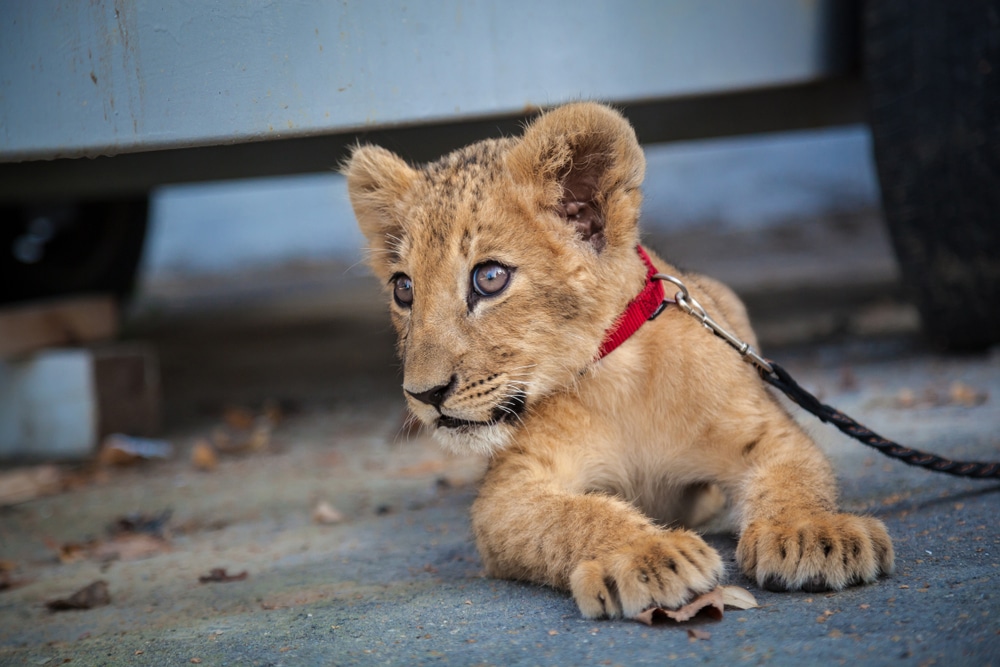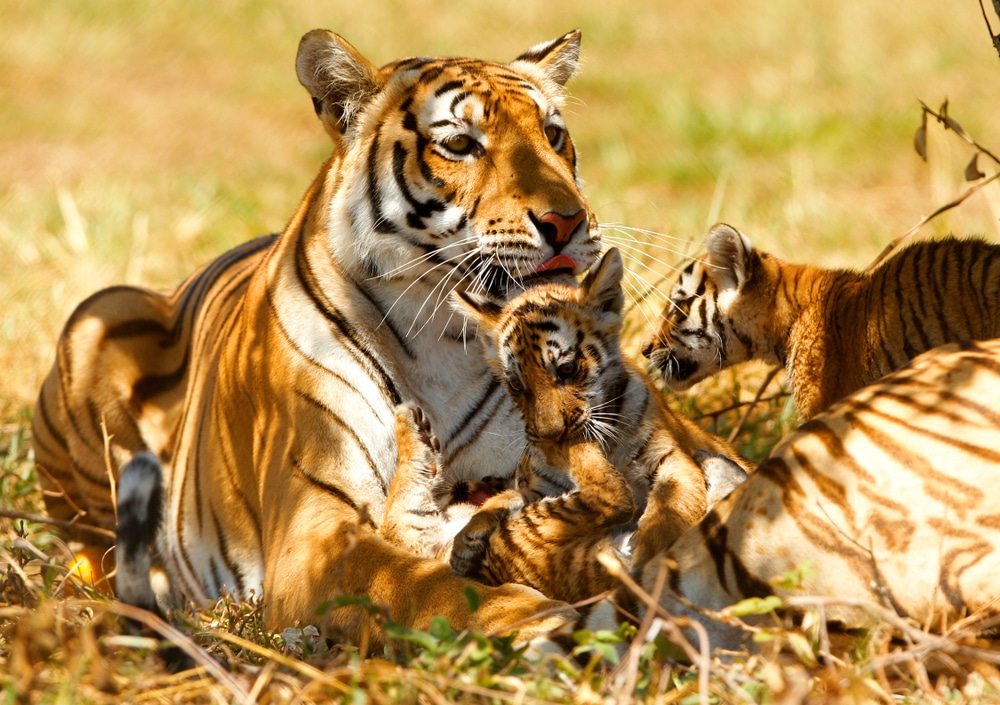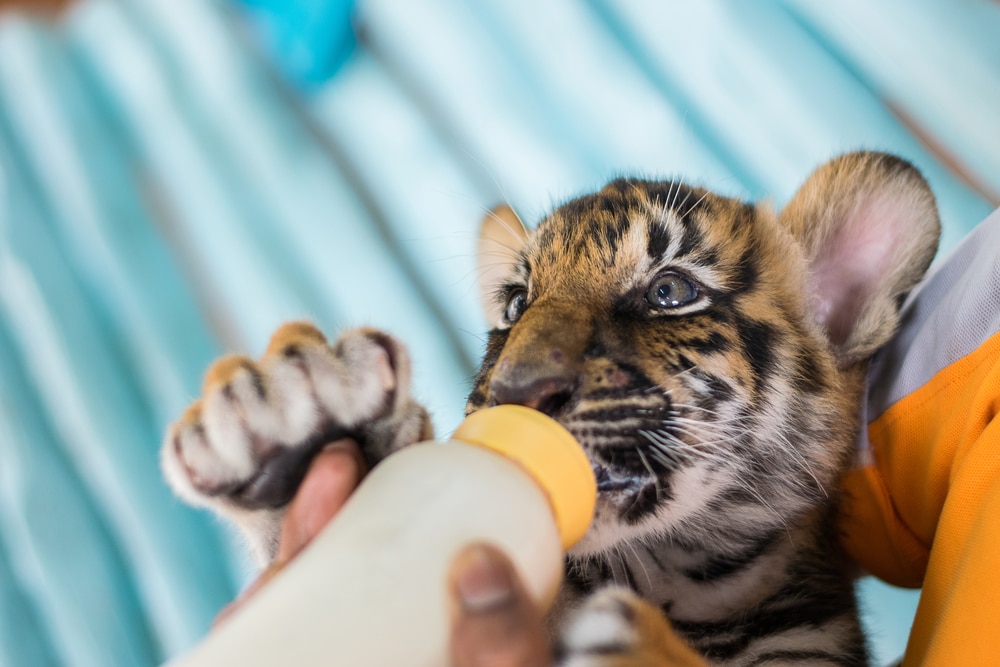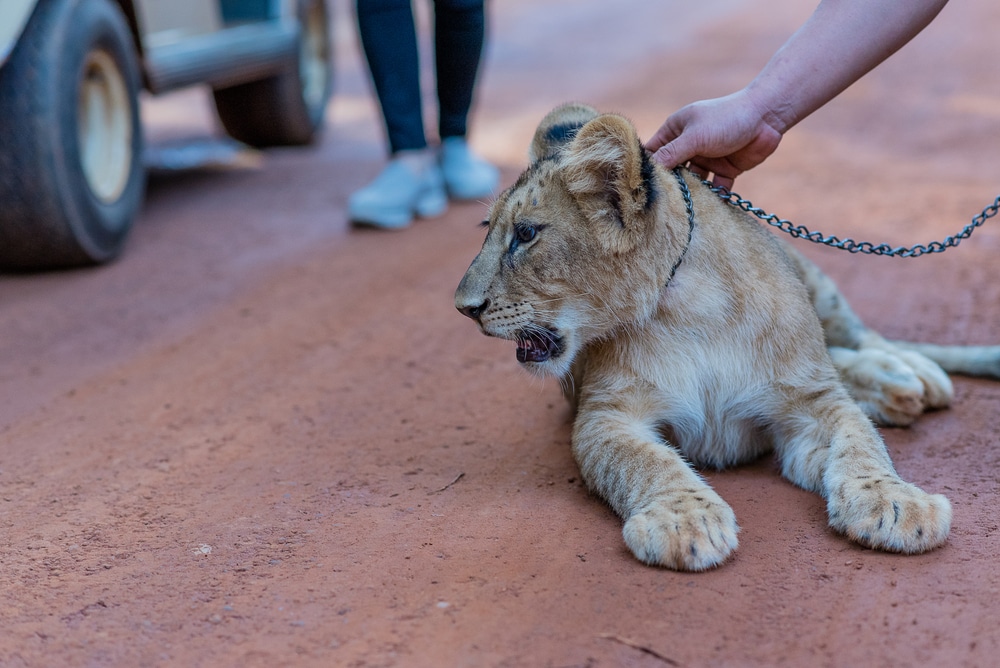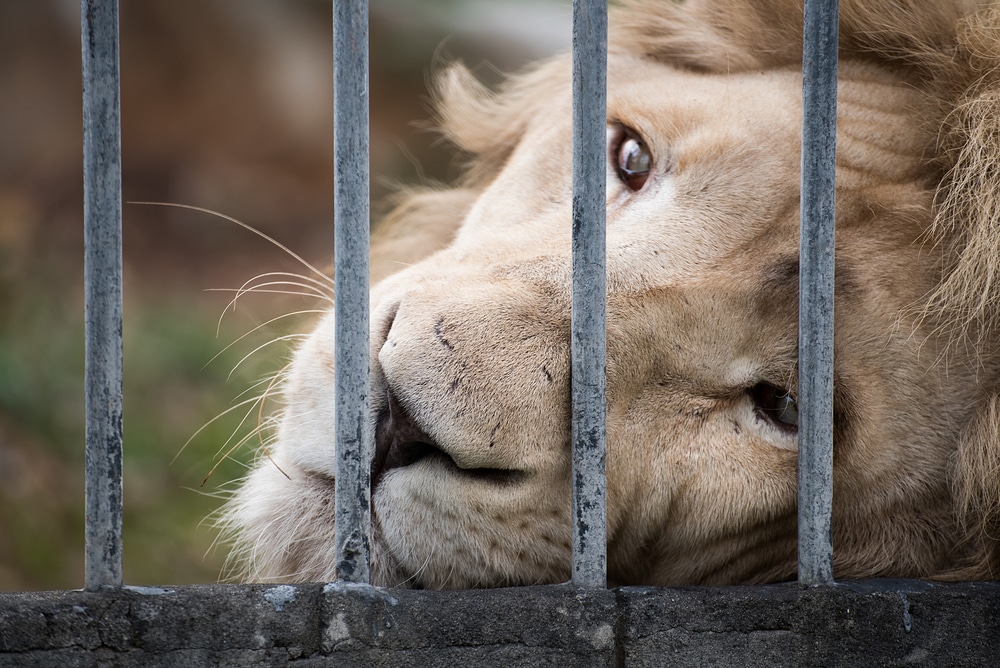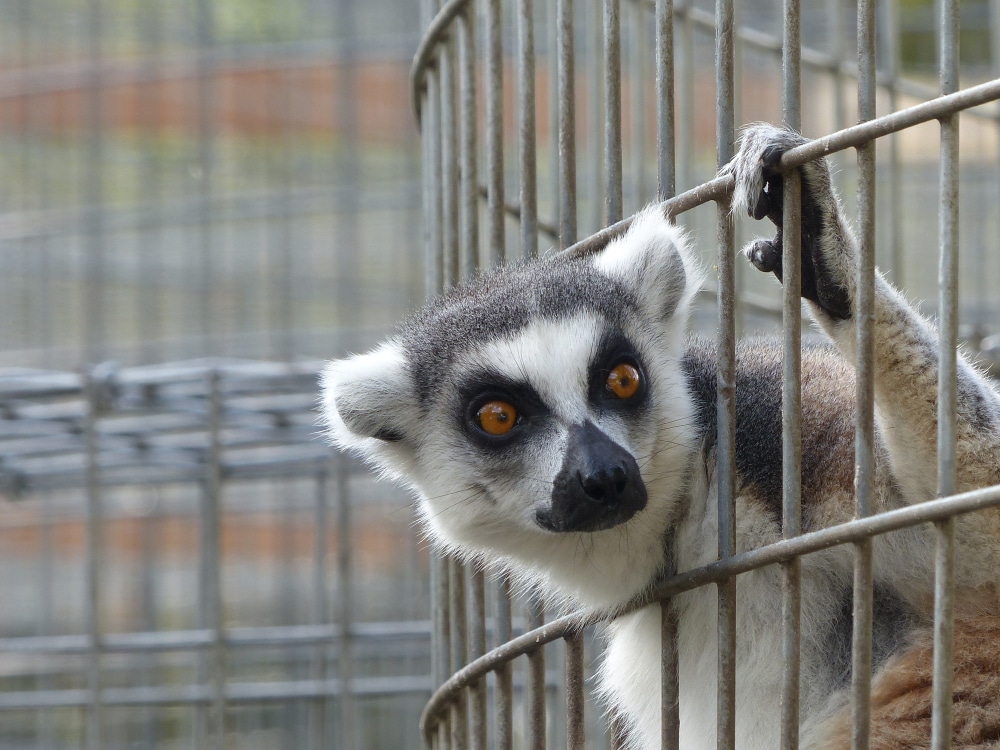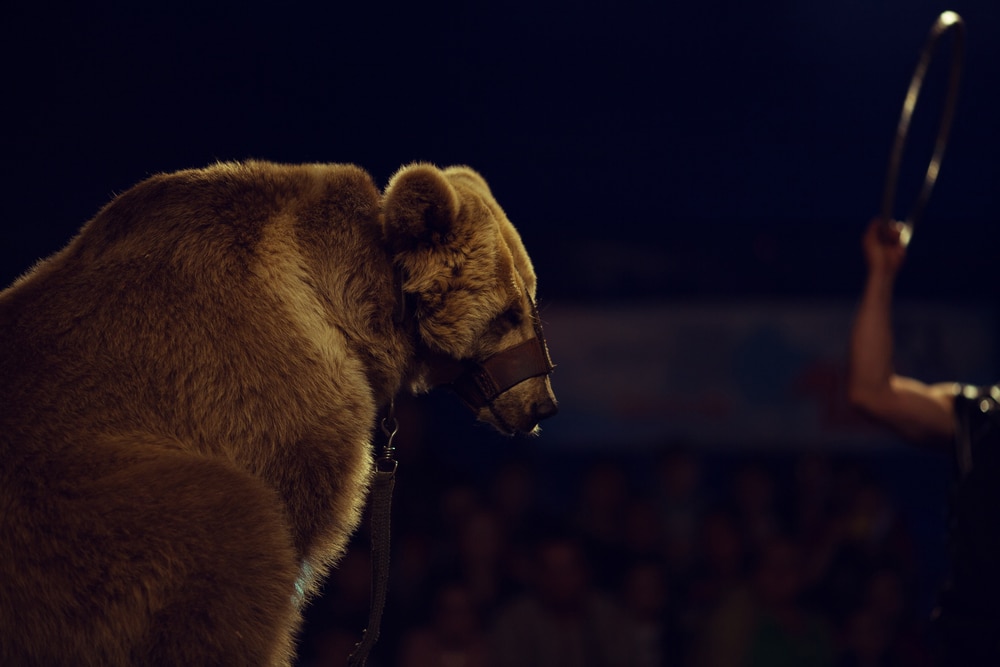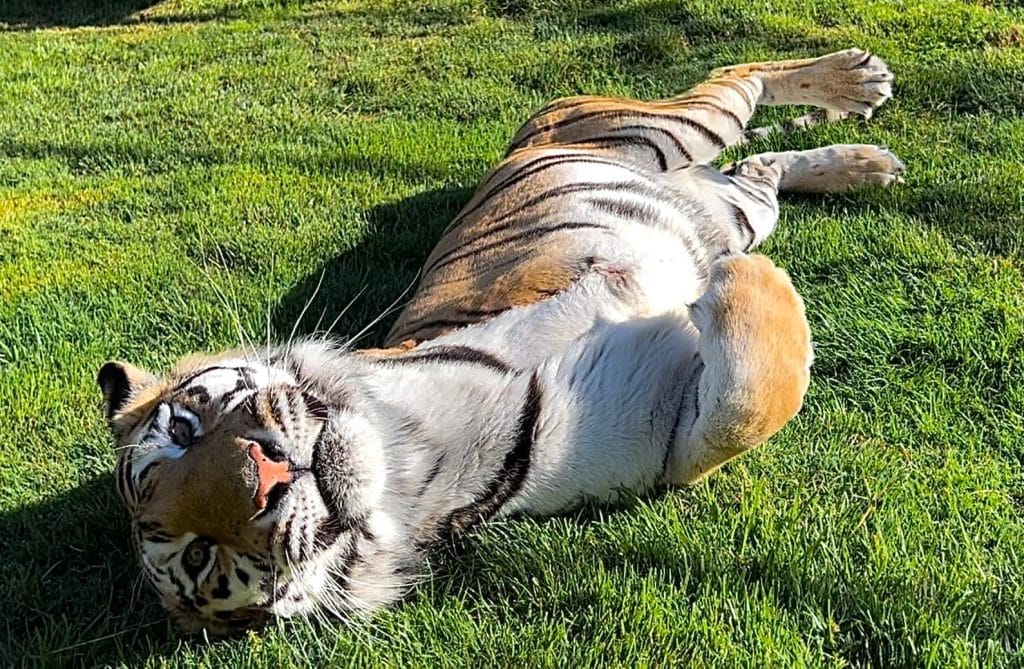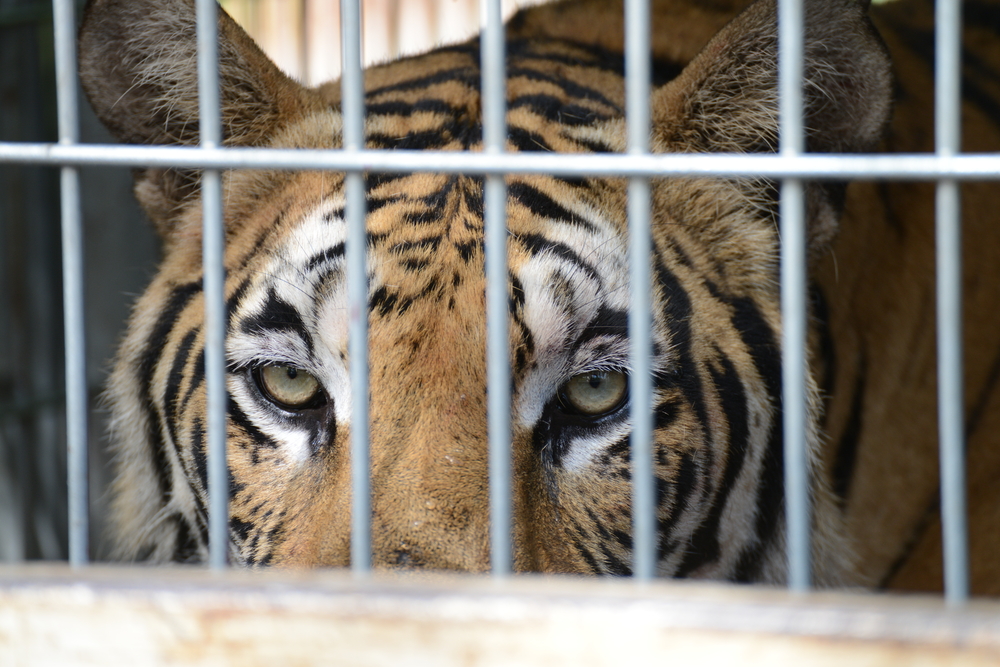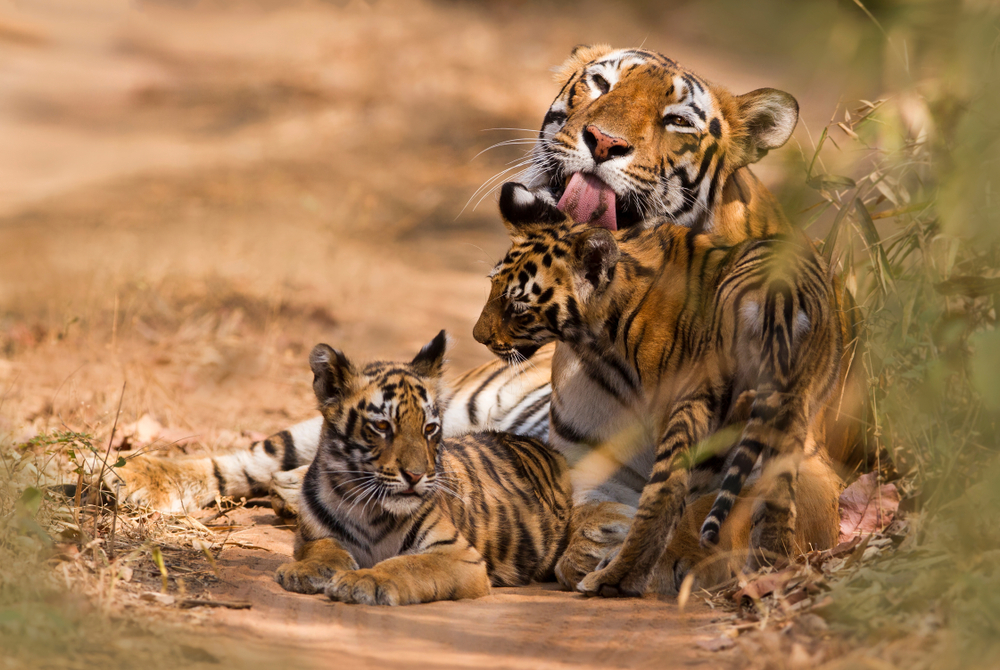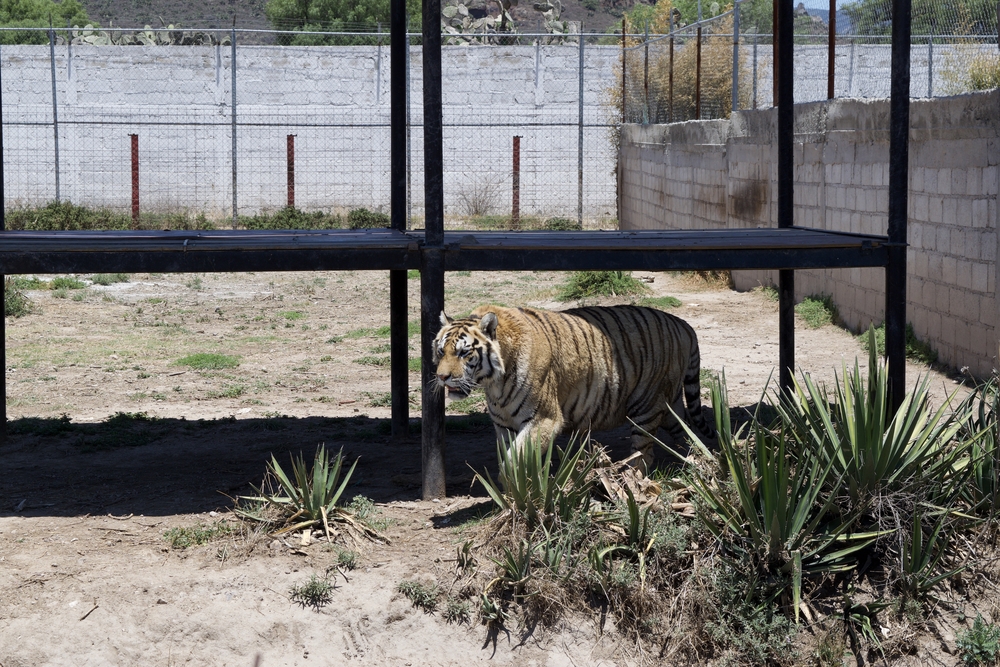The Naughty List: Why Exotic Animals Should Never Be Holiday Gifts
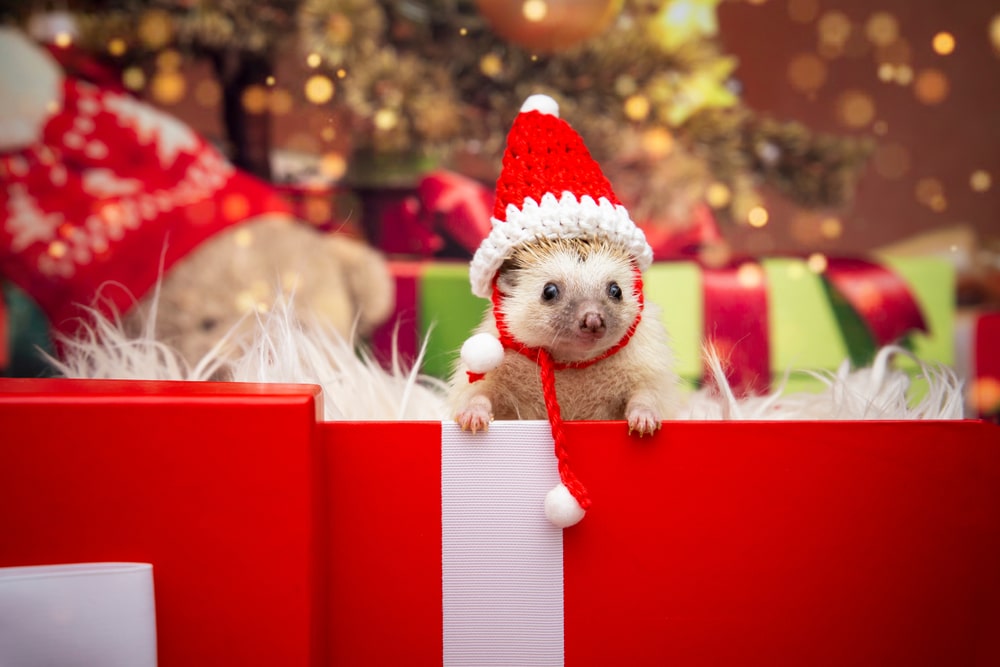
Do you want to end up on Santa’s naughty list this year? Because gifting an exotic animal as a holiday present is a fast track to get there. Sure, a tiger cub might sound like a cool, unique gift idea, but trust us, it’s not. The truth is, these animals always suffer, especially when they’re treated like surprise Christmas presents.
We’ve seen it firsthand at Lions Tigers & Bears. We’ve taken in animals that people couldn’t handle because they were too dangerous and ended up in deplorable cages because they got too big or “wild.” It’s heartbreaking. Exotic animals given as Christmas gifts wind up in animal shelters once the holiday buzz wears off and people realize how much work is required to take care of a pet.
Why Gifting Exotic Animals is a Bad Idea
Exotic animals are exotic for a reason—they belong in the wild, where they thrive. That alone should be enough to stop us from trying to make them pets. But we live in the age of social media, where hype often drowns out reason. Videos of exotic cubs go viral, making these animals look like fun, easy-to-care-for companions. The reality, though, couldn’t be further from the truth. Here are some reasons why you shouldn’t get or give an exotic animal as a holiday gift.
They Aren’t Toys or Novelties
Exotic animals are living, breathing beings with specific needs that most people aren’t equipped to handle. They’re not toys or novelties you can show off for a few weeks and forget about. These animals need proper care, a suitable environment, and a commitment that lasts their entire lifetime.
For example, an exotic animal might seem like a fun gift based on appearance. Still, they require social interaction, mental stimulation, and a carefully balanced diet. Without these, they can become anxious, destructive, and even sick. Similarly, exotic cats like servals or bobcats grow much larger and more powerful than people expect, requiring large spaces and proper training to keep them safe and healthy.
This is not a reality that most people are willing or prepared to face. When the excitement of having an exotic pet fades, many find themselves overwhelmed and unsure of how to care for these animals properly. This leads to neglect and, in many cases, abandonment—ultimately harming the animal, which should never have been a holiday gift in the first place.
Gifting Pets Fuels Exotic Pet Trade
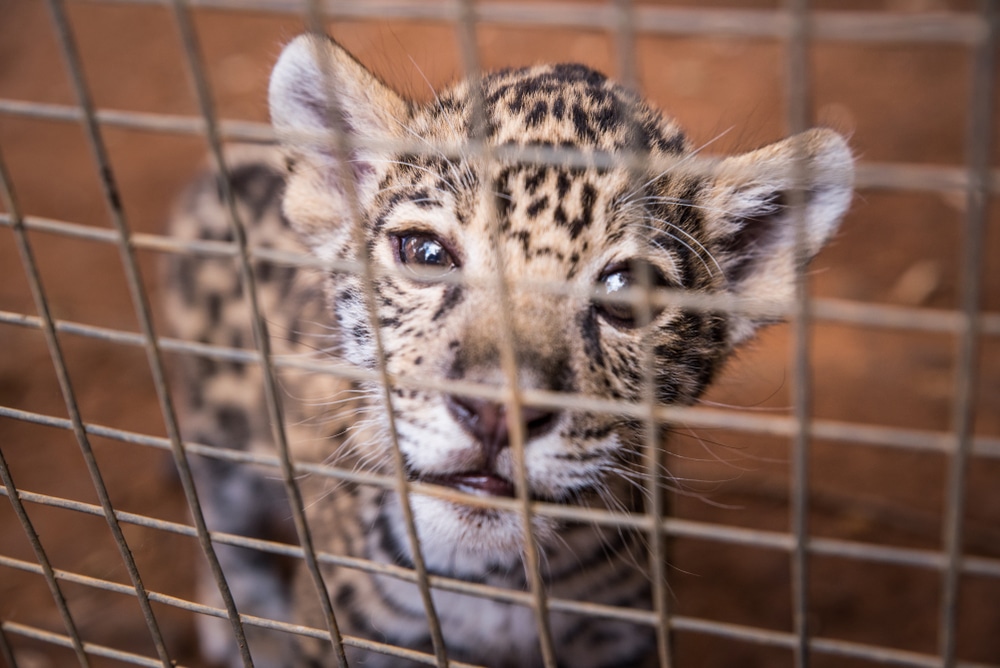
You might not realize it, but gifting exotic animals fuels the exotic pet trade—a dark industry that harms the animals at every stage. Many exotic pets are either taken from the wild or captive-bred in poor conditions. Some even die in transit due to stress, injury, or illness. Those who survive often suffer further in homes, roadside zoos and non accredited facilities that can’t meet their needs. Buying an exotic animal as a holiday gift sends the wrong message about animal welfare. It also creates demand in the market and encourages poachers and breeders to capture or breed animals in unethical conditions.
They Often End Up Abandoned
When exotic pet owners realize how much work and money it takes to care for these animals, they often give up. Some animals are sold, discarded, killed or simply go missing. At Lions Tigers & Bears, we’ve seen too many exotic animals abandoned because they simply became “too much to handle.”
Exotic Animals Can Spread Diseases
Many exotic pets carry zoonotic diseases, which can spread to humans. Exotic animals can pass on other very serious illnesses. These health risks make gifting exotic animals even more dangerous for families, especially if kids are involved.
Pets Are a Long-Term Commitment
A pet isn’t just for special occasions. It’s a long-term commitment, sometimes lasting 20 years or more! Exotic animals require even more care than house pets like dogs and cats. If someone isn’t ready for years of responsibility, gifting a pet—especially an exotic one—is a bad idea.
Thinking About Gifting a Pet to Yourself?
If you’re considering getting yourself a pet this Christmas, ask yourself some important questions first: add permit needed, illegal in some places.. Laws are changing to own exotic pets.
- Do I have the time, money, and space to care for this animal?
- Am I prepared for the long-term commitment?
- Do I understand the needs of this specific animal?
If the answer to any of these is “no,” it’s better to wait until you’re truly ready-for yourself, and the animal.
Gift Responsibly This Holiday Season
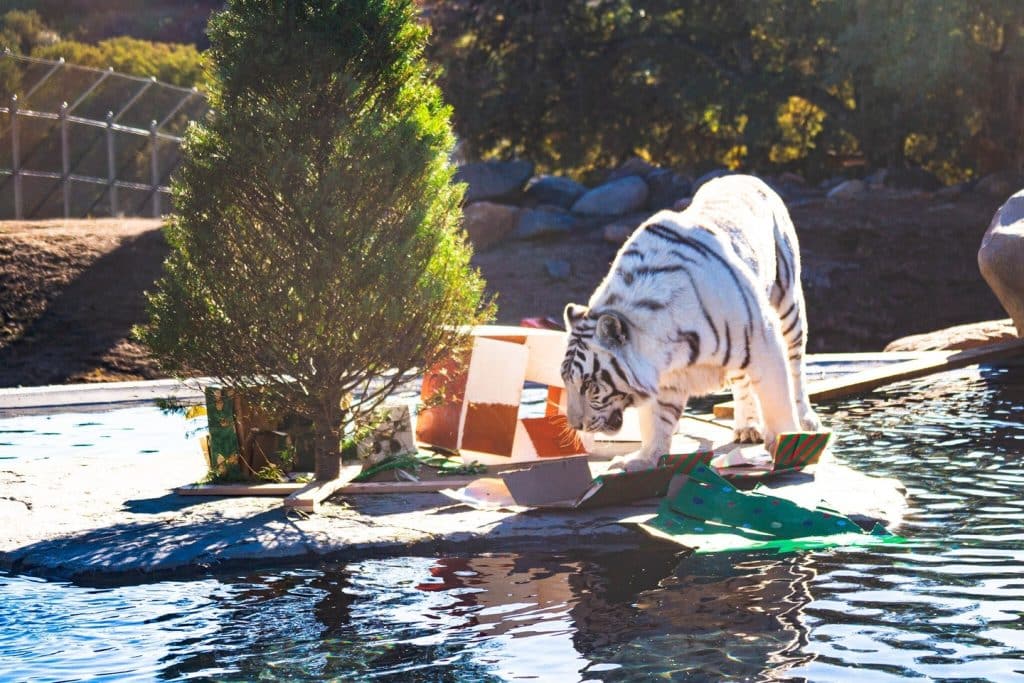
So, what can you do instead of gifting a pet? Choose a thoughtful and responsible option. Donate to a sanctuary like Lions Tigers & Bears in someone’s name, or sponsor one of our rescued animals as a unique and meaningful gift. These gestures show you care without causing any harm.
This holiday season, let’s choose gifts that truly make a difference. Donations help us continue our mission of providing a safe, loving home for abused, neglected, and abandoned animals. Supporting us also sends a message that animal welfare matters – and this is a meaningful present that will last far beyond the holiday season.
So this year, gift responsibly—help protect exotic animals from harm and give the gift of hope and sanctuary. Donate or sponsor an animal today, and help make a real difference in their lives!
